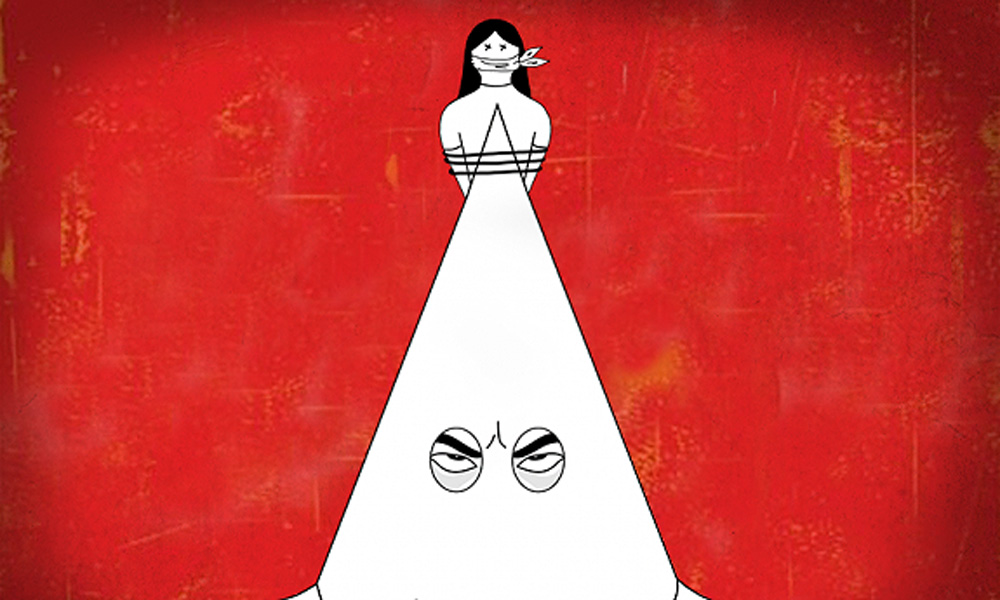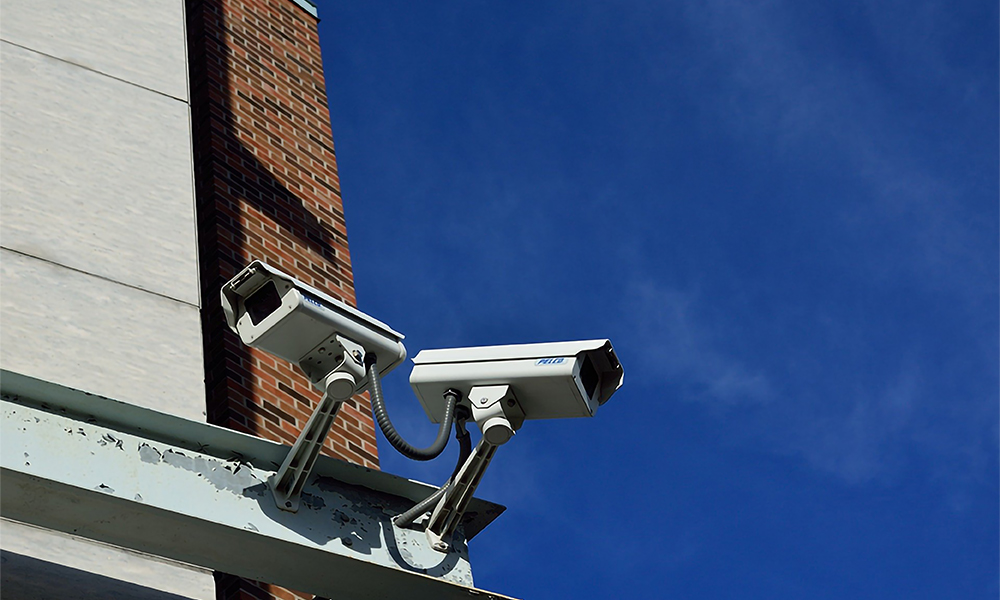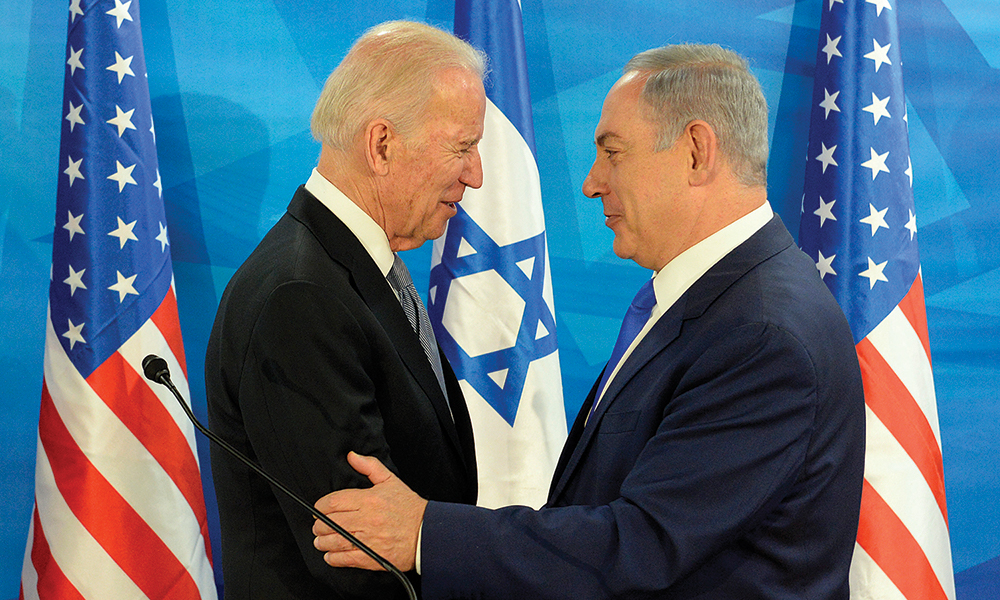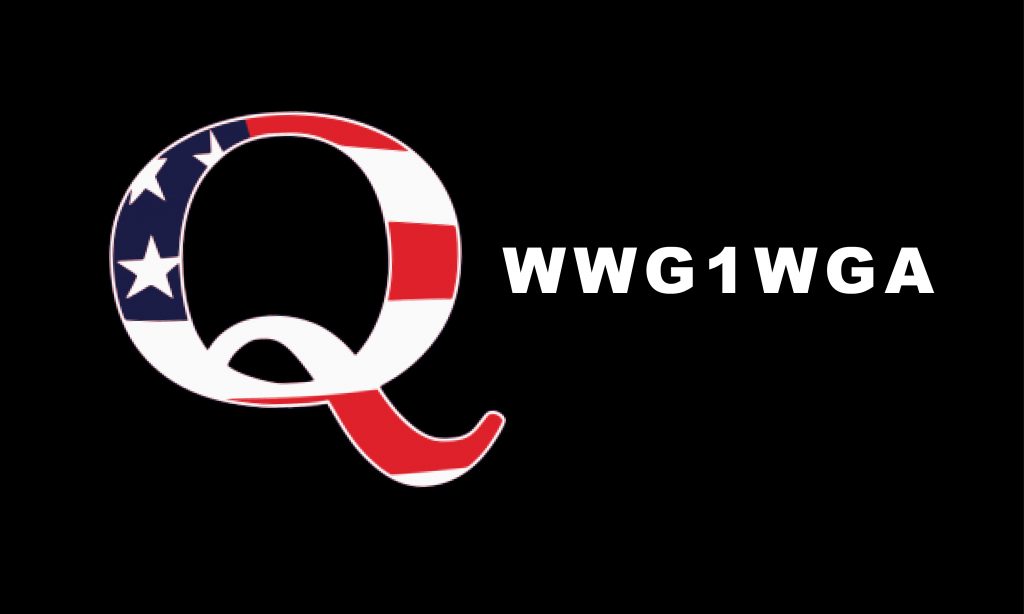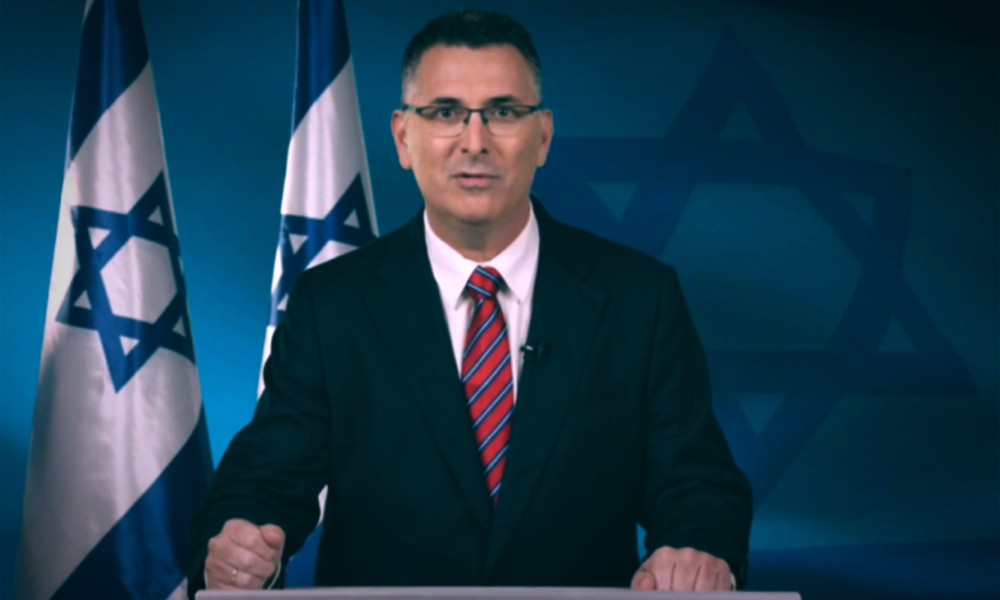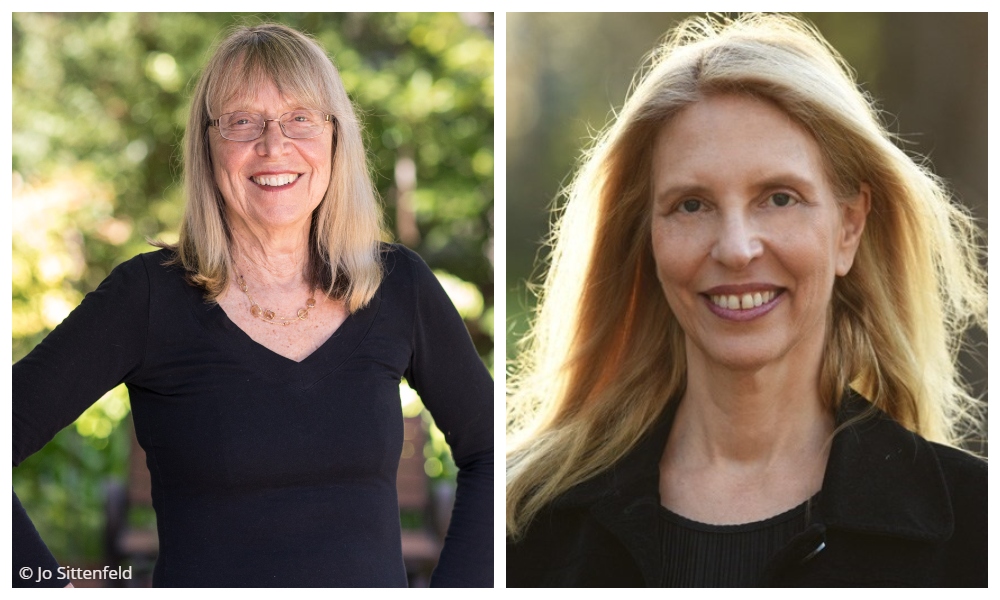Art: ADL Report
For women who work or spend time online, the idea that online misogyny is dangerous seems like basic common sense. Female journalists, politicians, celebrities and other women with work-related internet presences often face daily harassment, hacking or doxxing—the release of their private information, including phone numbers and home addresses. The hostility is often only loosely, if at all, tied to a woman’s specific work or actions; rather, the mere act of occupying public space seems to be the crime. That level of harassment is increased many times over for women of color.
Whether because of the anonymity, or the nature of internet echo chambers—where people’s thoughts are parroted back to them with no opposition—bigots of all stripes have felt emboldened to share their hate not just within but also outside the “manosphere”—that too-flippantly-named area of the internet designated for those who want to mourn and seethe over what they see as the theft of their masculinity.
So it surprised me that it’s taken this long for the Anti-Defamation League (ADL) to issue a report officially condemning misogyny in the same way it has other forms of violent hate speech. Until now, the ADL’s “Women’s Equity” category was limited to gender bias, pay inequality and fighting gender stereotypes. It’s about time somebody highlighted the genuinely hazardous aspects of extreme misogyny.
The new report pulls together research establishing a direct connection between misogyny and white supremacy, anti-Semitism and other forms of violent terrorism and says misogyny should be considered “a dangerous and underestimated component of extremism.” It explores the ways misogyny is expressed, both in person and online, and offers a useful taxonomy: There are the men’s rights activists (MRAs), who believe feminism has resulted in discrimination against men; the self-proclaimed “involuntary celibates” or “incels”; and the self-described “pickup artists,” who believe, as the report puts it, that date rape is “not only defensible, but is a skill that can and should be taught.” All of these types of men express ideas stemming from a core set of beliefs: that men are entitled to women’s attention, both emotional and (especially) sexual, and that feminism is a specific evil designed to deny them that right.
The ADL says it intends to continue investigating “the ways in which people in the white supremacist, incel and MRA orbits feed and inform one another’s poisonous hatred of women.” This could actually help. For far too long, these men have been written off as fringe types or as all talk. What few have officially recognized—except for women who have been on the receiving end of this hate—is that this sort of online misogyny can also have serious real-life implications.
We’ve seen internet-specific toxic mentalities come to life with men such as Elliot Rodger, who in 2014 killed six people and injured 14 more in California after releasing a manifesto called “My Twisted World.” Rodger believed he was being unjustly denied the sex he was owed by the women in his life, specifically the women of the sororities of the University of California at Santa Barbara. His devotees referred to him as “the Supreme Gentleman,” and one of them, Alek Minassian, drove a van into a crowd on a Toronto sidewalk after praising Rodger in a Facebook post. Beyond these high-profile incidents, nearly every recent instance of mass violence—from Orlando to Las Vegas to Parkland and countless others—has been committed by a man with a history of violence against or harassment of women, often online.
There’s a specifically Jewish angle to this, says Jessica Reaves, the report’s author. White supremacists see feminism (or empowered women generally) as part of a Jewish globalist conspiracy. Meanwhile, “incels”—who are predominantly white—view Jewish men and men of other races as being an undeserving obstacle between themselves and the white women they desire. (Jared Kushner is an example they frequently use.) In these instances, everyone is the enemy: Jewish or non-white men for stealing the affections of white women, and white women for showing interest in those men rather than in white incels. More generally, the report notes, incels, MRAs and white supremacists all share a sense of entitlement: “Bigots of all stripes view justice as a zero-sum game.”
This mentality is visible in the racism shown towards immigrants and refugees. It’s reflected by the so-called alt-right protestors marching through the streets of Charlottesville, chanting “Jews will not replace us,” and by the misogynists who blame feminism for denying them sex, jobs and whatever else they feel is lacking in their lives. Sometimes their anger comes from simply seeing women occupy spaces they’ve previously seen as exclusively male, as with women in video games or comic book fandoms—whether it’s Gamergate targeting women gamers and journalists, or racists harassing celebrities of color, such as Star Wars actress Loan Tran or Saturday Night Live’s Leslie Jones, on social media.
What’s the next step? The ADL does have some recommendations, especially for law enforcement. Equally important, though, is simply taking misogyny seriously and not dismissing it as “boys being boys” or, at most, “trolling.”
“We tend to focus more on racism, on anti-Semitism,” Reaves says, “but this is just as dangerous, just as deadly.” One group’s declaration of this fact won’t end misogyny. But if we finally agree to treat misogynistic language with the same zero-tolerance policy we often demand for anti-Semitism and white supremacist rhetoric, there’s at least a chance that virulent sexism can be stopped in some instances before it festers and breaks out into more violence.
Vivian Kane is the opinion editor of The Mary Sue, an online pop culture magazine.

